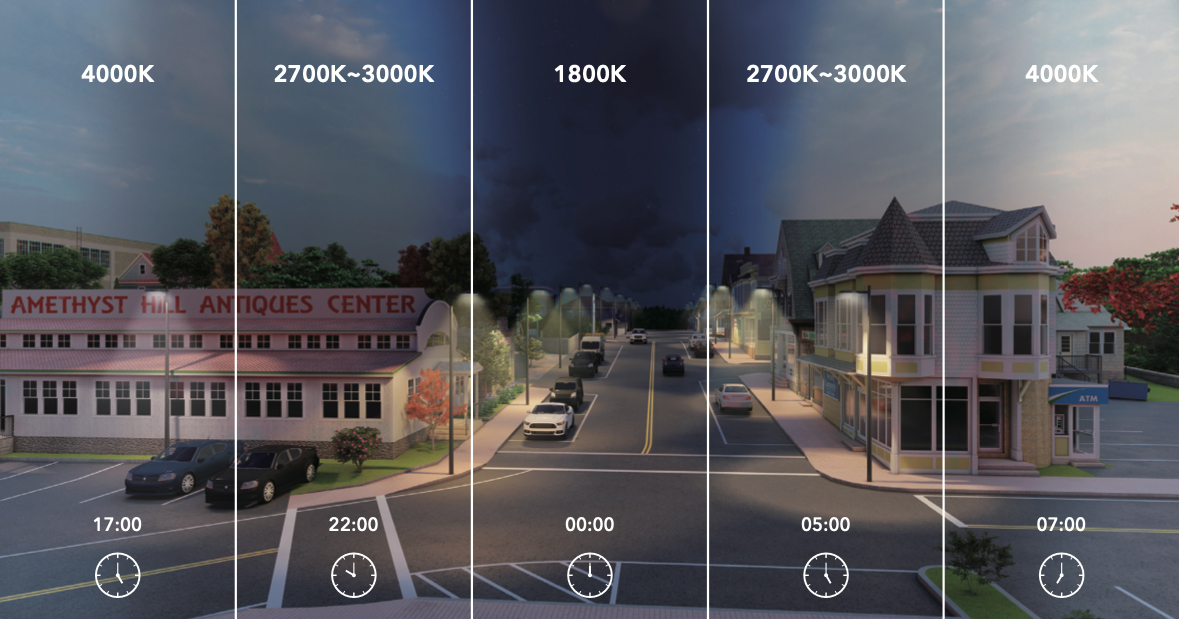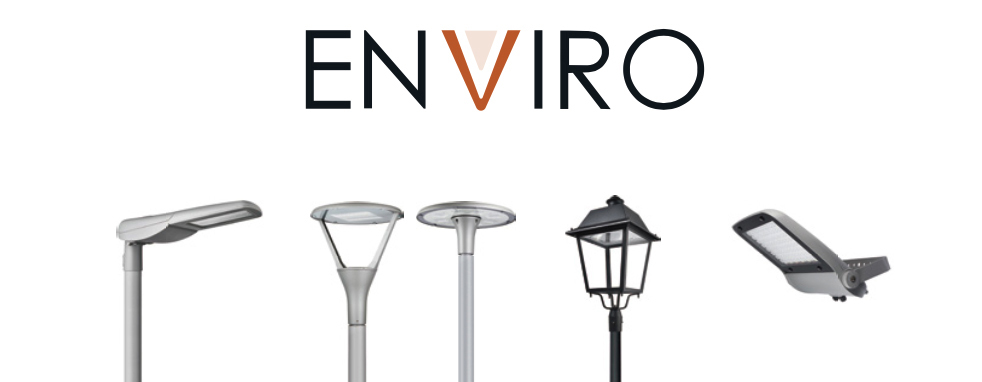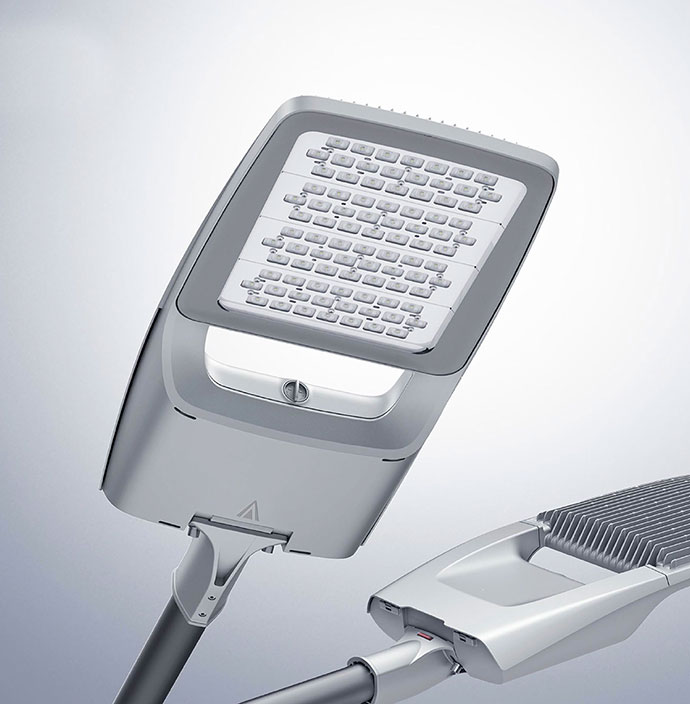The Light Pollution Problem
Globally, light pollution has increased by at least 49% over the last 25 years. The light pollution produced by street lamps, advertising boards, flood lights and our homes is so bad that 80% of the world’s population lives in the haze of a perpetual glow in the hours of darkness.
The reliable rhythm of night and day gives plants and animals signals for natural cycles of feeding, mating, migrating and navigating. Humans are altering this natural rhythm by flooding the world with artificial light. The impacts of light pollution spill into almost every ecosystem.
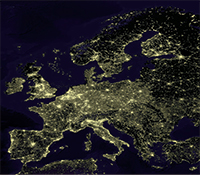
Mammals – since 69% of mammals are nocturnal, artificial light can cause a variety of issues:
- Less time looking for food due to reduced darkness.
- Some mammals that use darkness as cover would be more vulnerable to predators.
- Reproductive cycles are affected.
Birds that migrate or hunt at night navigate by moonlight and starlight, artificial lighting means birds:
Migrating too early or too late, missing ideal conditions nesting, foraging and other behaviours.
Colliding with needlessly illuminated buildings and towers.
Bats have adapted to a life in darkness. Artificial light is:
Affecting leaving & returning to roosts.
Disrupting communication and foraging routes.
About half of insect species are nocturnal, meaning artificial light has a big impact on their life cycles:
Some insects are drawn to outdoor lights and it is estimated that 1/3 of those insects die by the morning, either from exhaustion or predators.
Artificial light affects mating, reproduction and feeding habits.
Humans are also affected by artificial light:
Melatonin levels are affected, altering the natural circadium rhythm and disrupting sleep patterns.
Exposure to artificial light at night has also been linked to diabetes, mood disorders and increased
risk of some types of cancer.
Artificial ‘sky glow’ can now be detected along 22% of the worlds shorelines. That figure is expected to increase further as human populations along coasts more than double by 2060.
Fish, despite living underwater, also face issues with artificial lighting:
Melatonin levels are supressed so sleeping and reproductive patterns are disrupted.
Eggs do not hatch in a timely manner or at all.
Sea turtles live in the ocean but lay their eggs on the beach:
Nesting behaviour is affected by artificial light.
Newly hatched marine turtles find the sea by detecting the bright horizon over the ocean, while
artificial light draws them away from the water.
Coral reproduction is affected by artificial light:
• Many species of coral reproduce on a single night of the year in a process called mass coral spawning to maximise reproductive success. The timing of the spawning is synchronised with and triggered by the light of the moon, though artificial light is believed to reduce the effectiveness of this process.
What can we do?
Avoid illuminating areas they rest, forage in or travel through.
Illuminate only what you really need and keep intensity low.
Choose warmer colour temperatures which are less disturbing to local ecosystems.
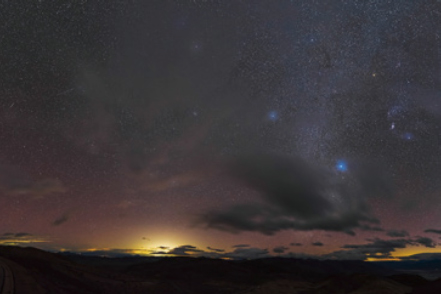
The LEDSCAPE Solution
- Shielding – using the right reflectors and optics can distribute light in the correct areas and even achieve a ULOR as low as 0%.
- Colour temperature – warmer colour temperatures minimise disruption to nocturnal ecosystems and create comfortable environments.
- Control systems – controls ensure artificial light is only used exactly when needed, saving energy along with reducing the ecological impacts.
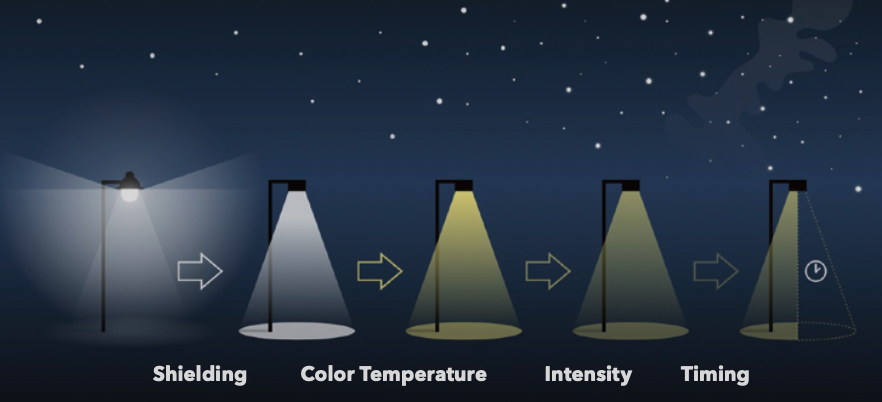
ENVIRO Dual Colour Temperature Technology
LED chips create the perfect balance of lighting at night, providing a sense of security and wellbeing for
people whilst conserving energy and protecting ecosystems.
ENVIRO dual CCT LEDs adjust and mix light from both warm and cooI colours.
Cooler LEDs dim when night falls and only increase when occupancy and traffic levels rise in the morning, leaving warmer LEDs on throughout the night.
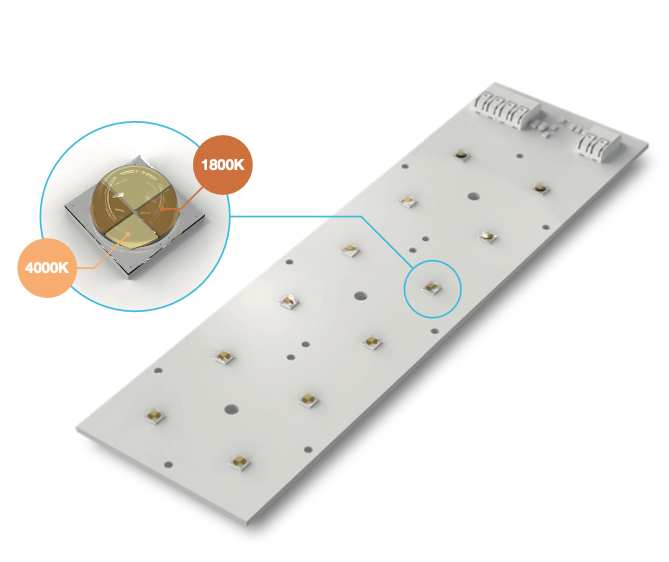
ENVIRO Intelligent Dimming Driver
The LED driver used within the ENVIRO range of luminaires is programmable with self-adapting functionality, which can automatically adjust the dimming curve based on the previous days on/off timings to ensure optimum operation all year round.
